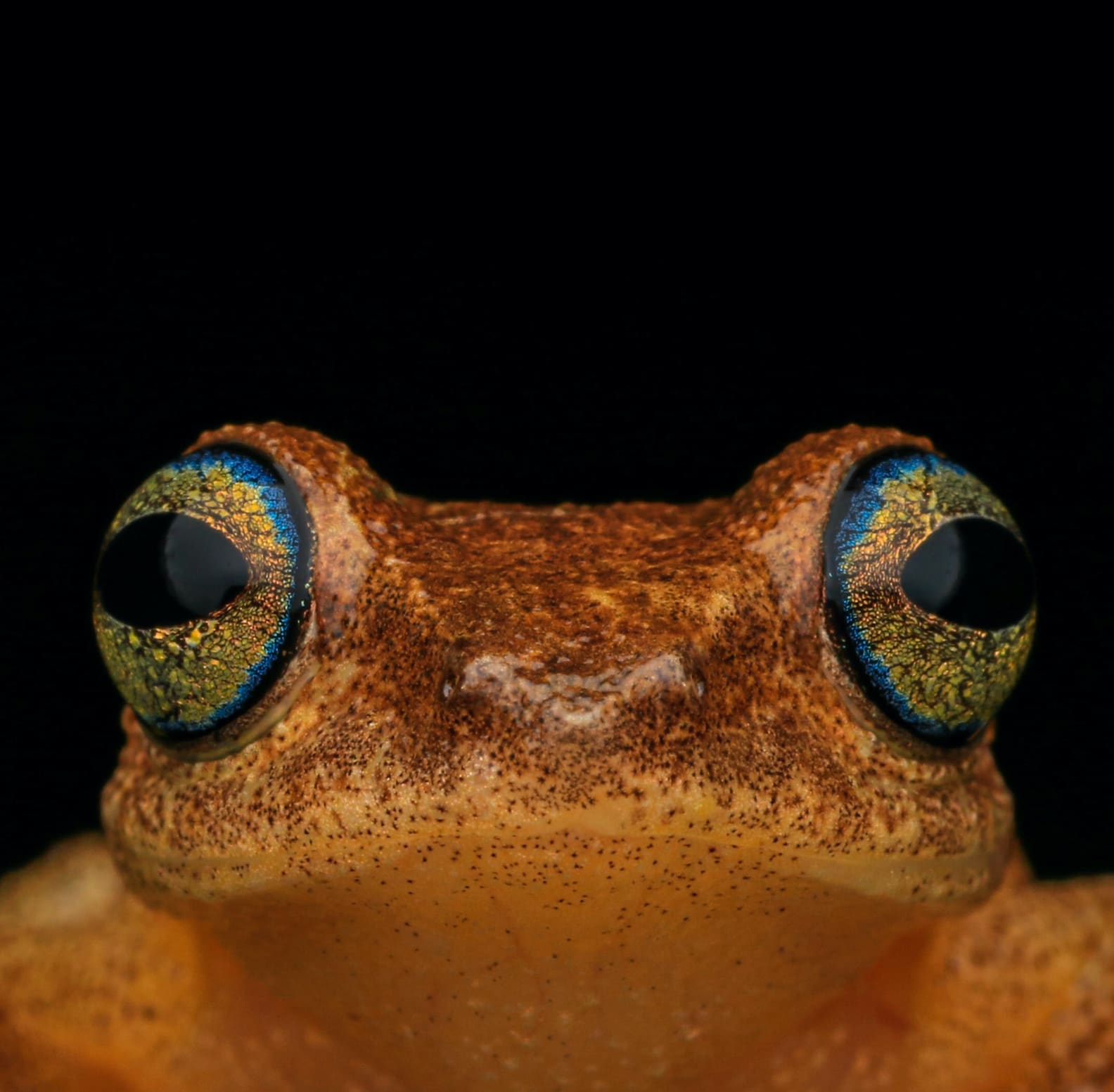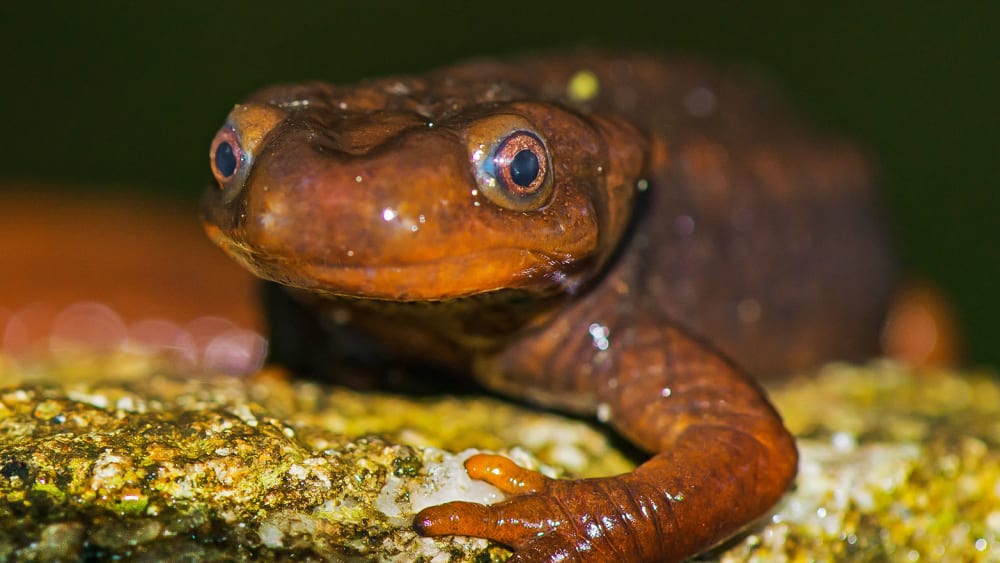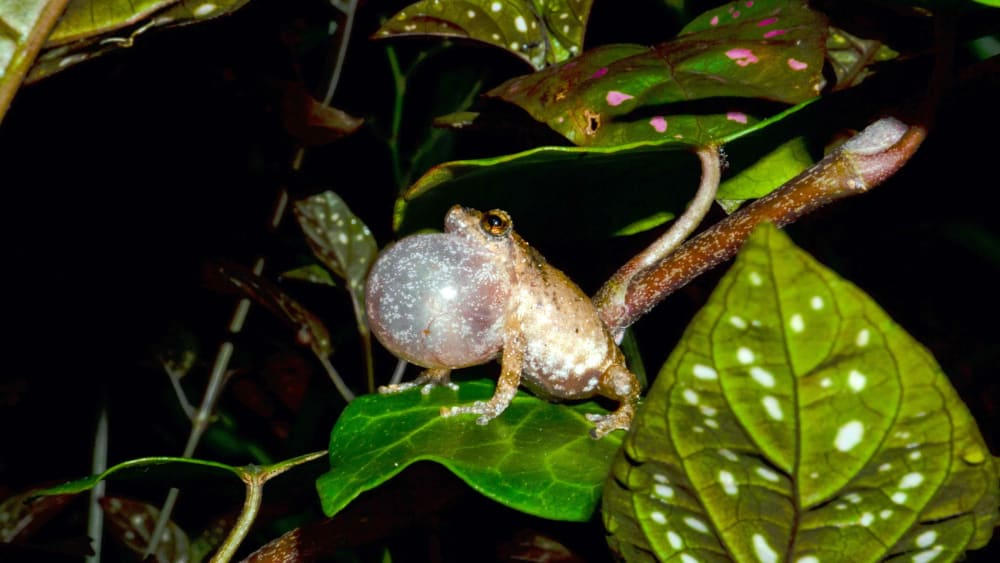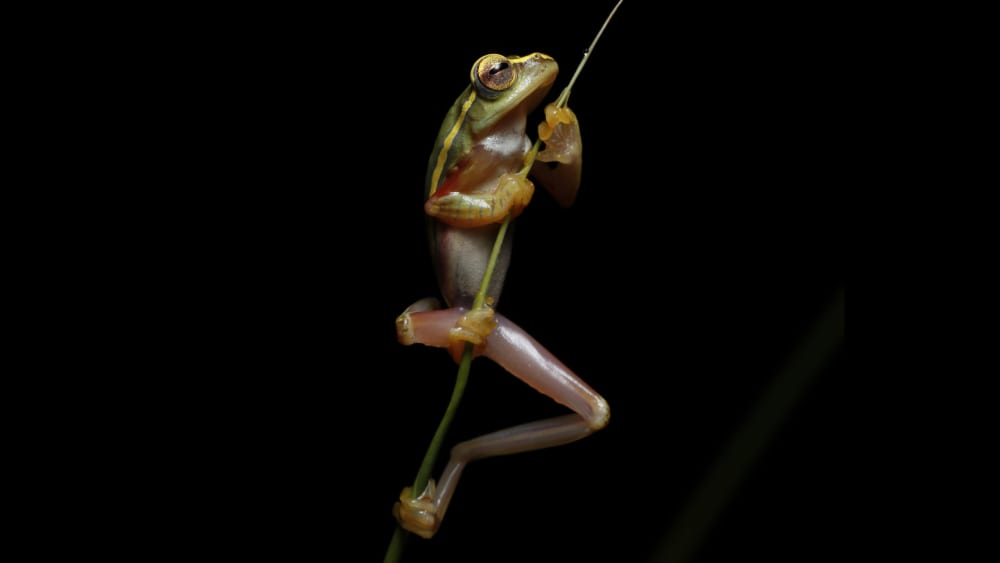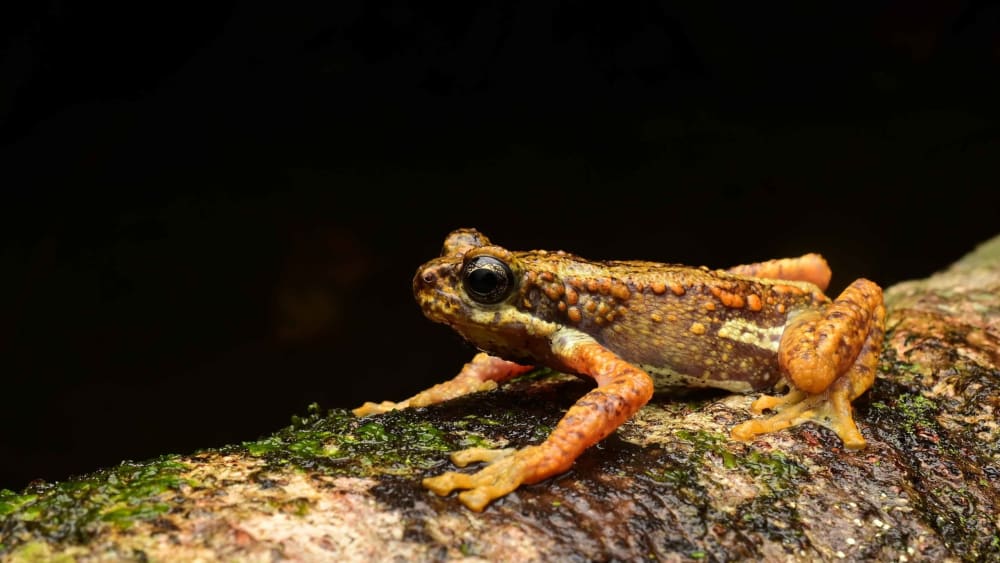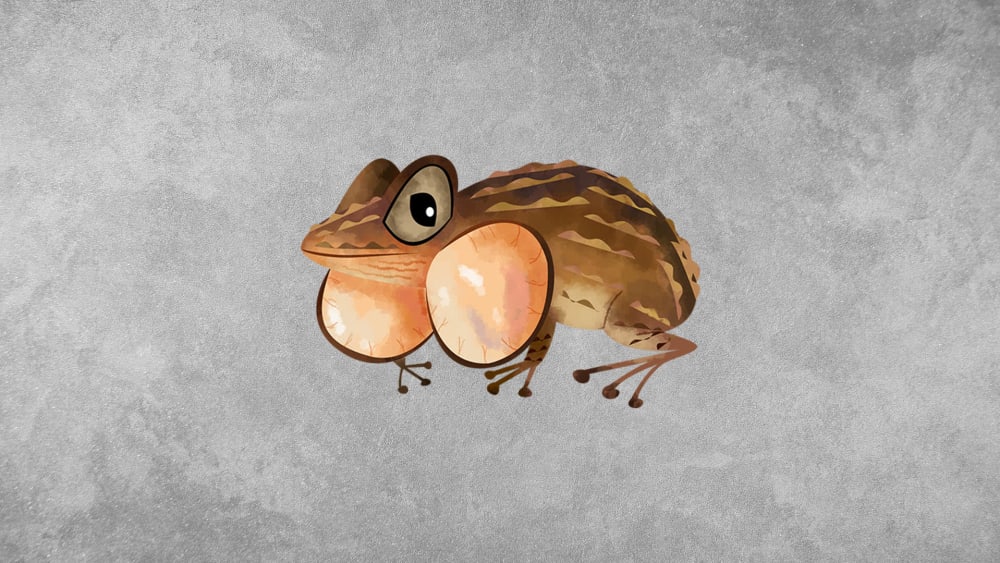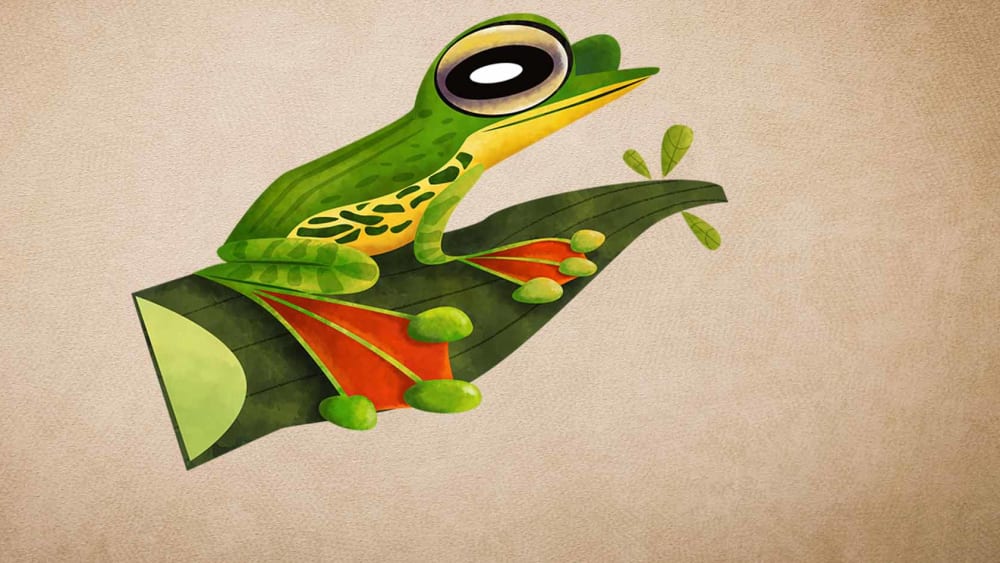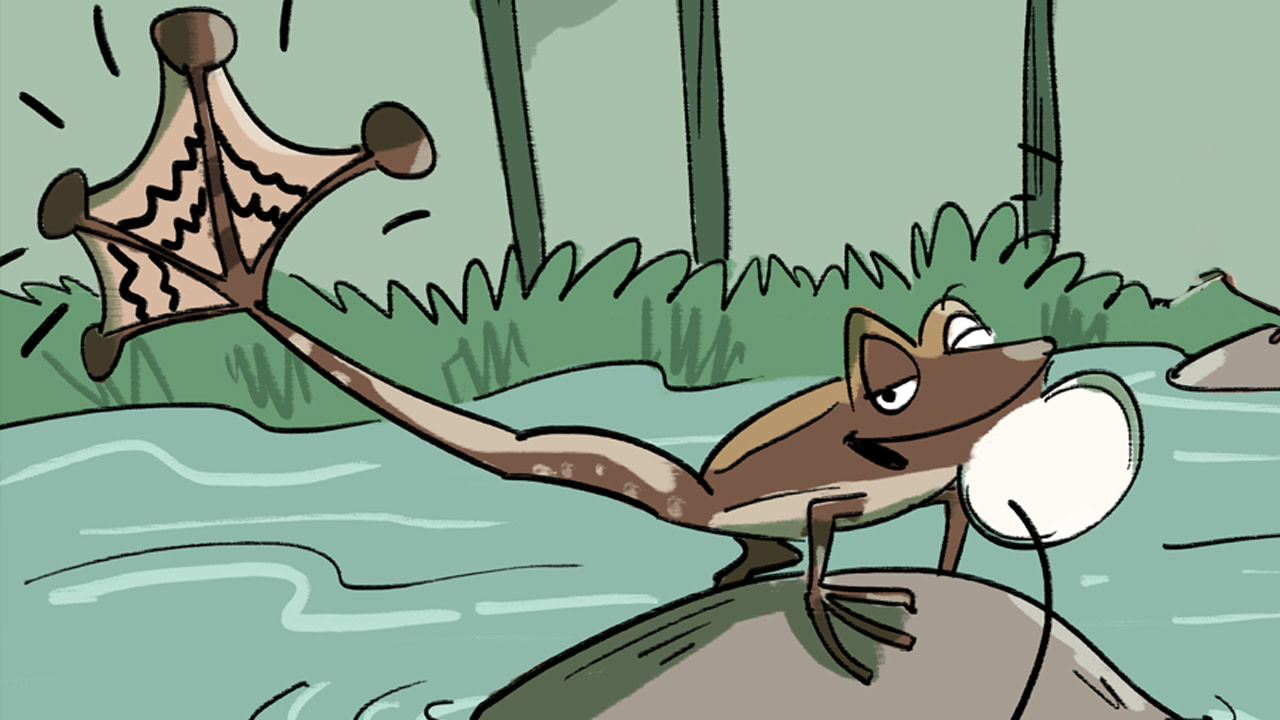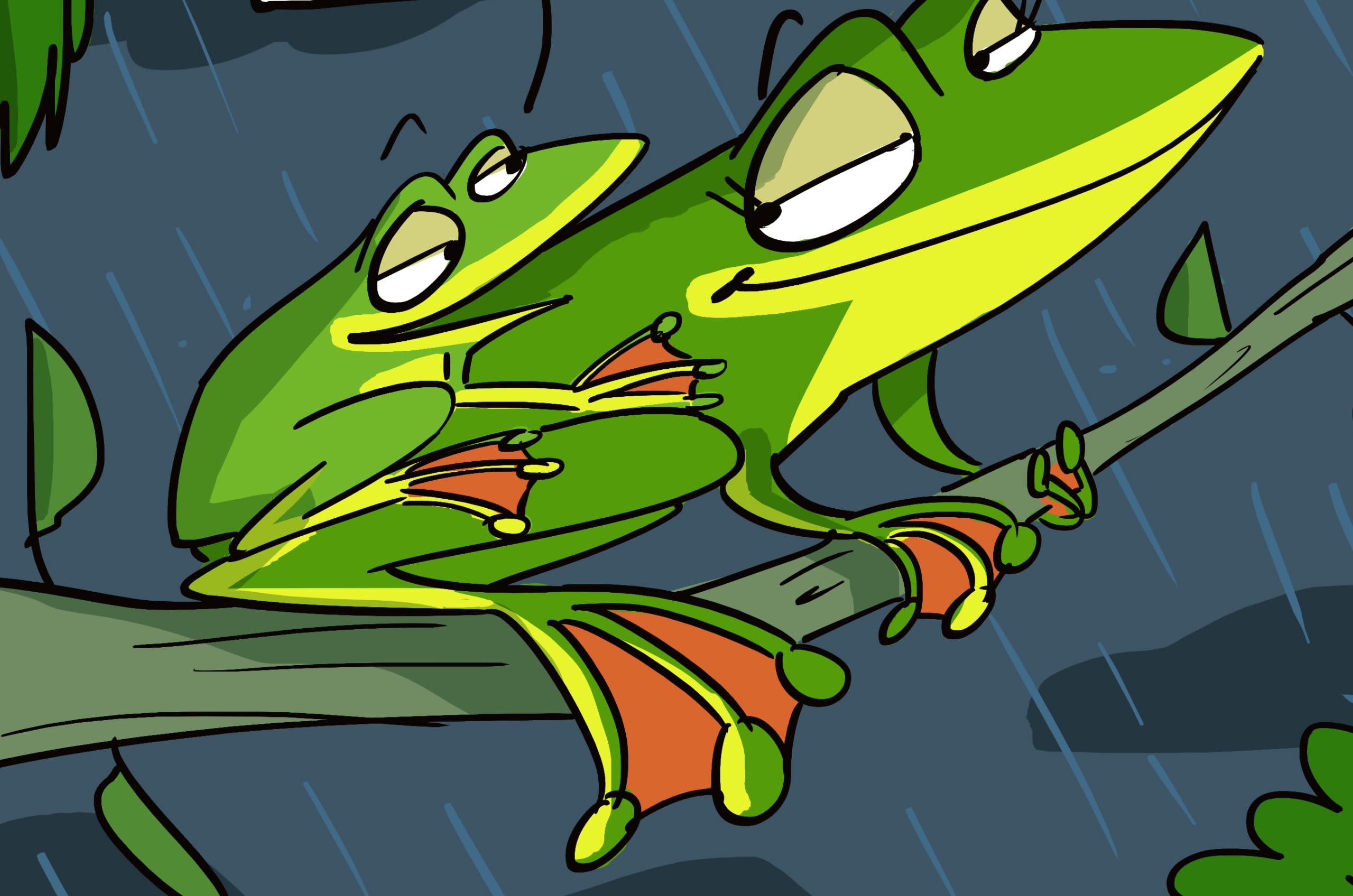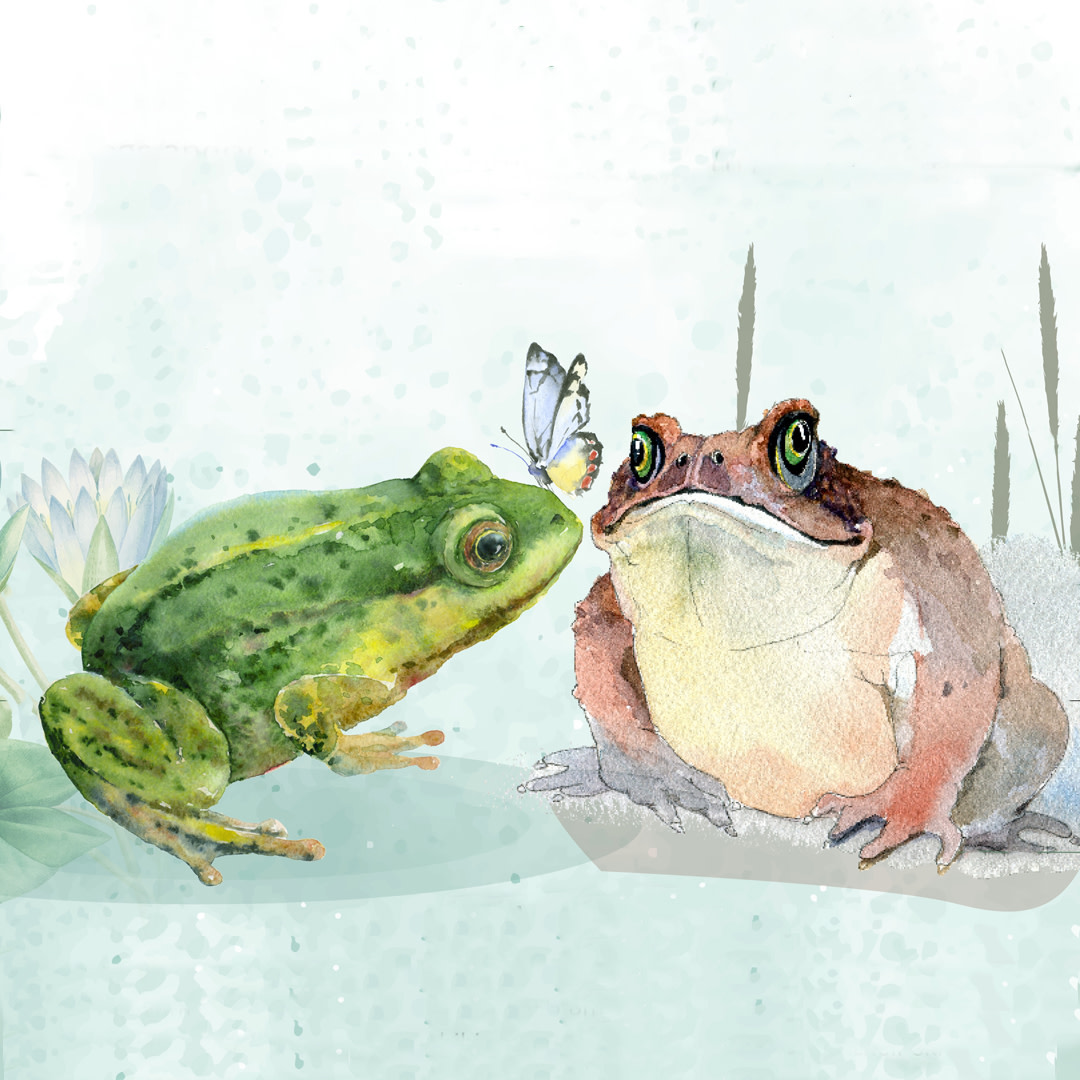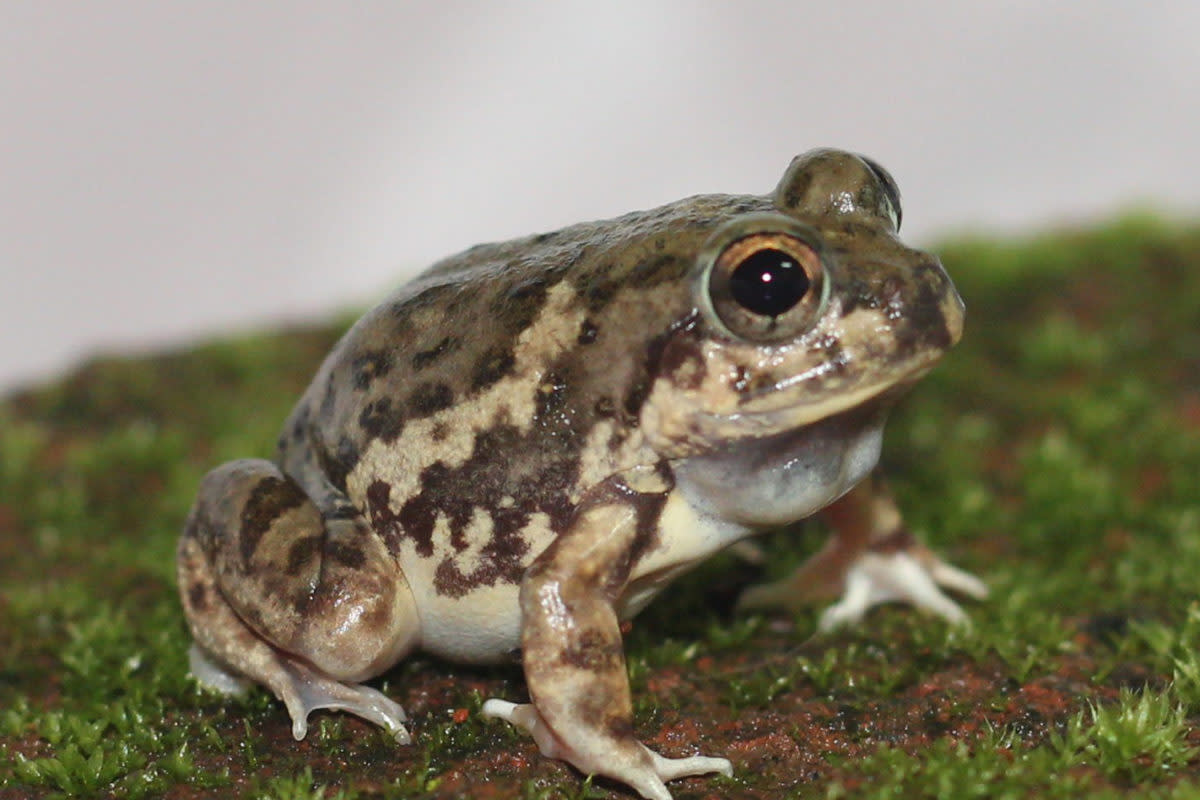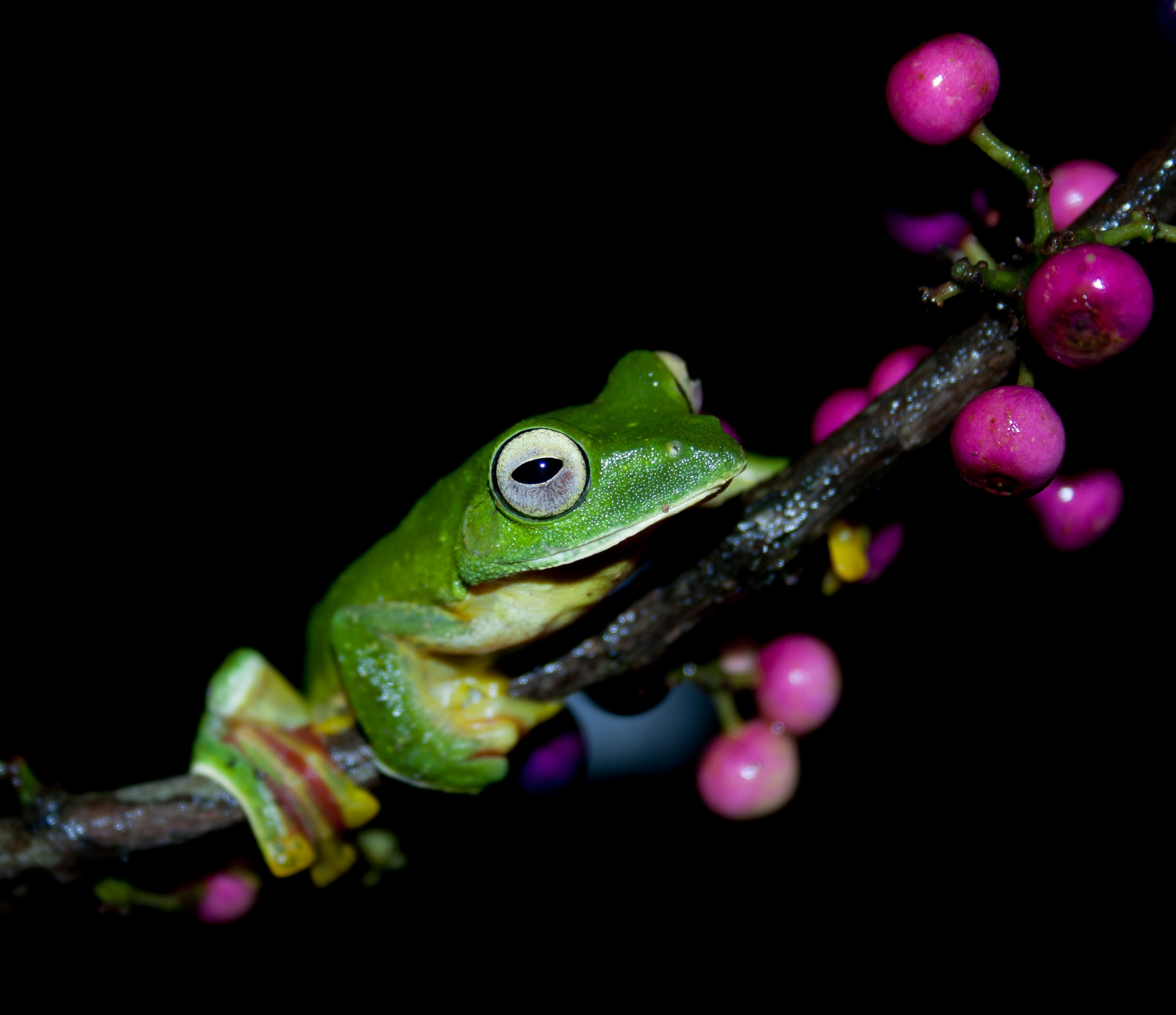Amphibians
What are Amphibians? Definition and life cycle
Amphibians are cold-blooded vertebrates that typically begin life in water and later move to land. This group includes frogs, toads, salamanders, and caecilians.
Key Characteristics of Amphibians: Skin, Breathing, and Metamorphosis
Amphibians have moist, permeable skin and usually go through a life cycle that includes a larval stage, like a tadpole, followed by metamorphosis into an adult. They breathe through their skin and lungs, and many require both aquatic and terrestrial habitats to complete their life cycles.
How Many Amphibian Species Are Found in India?
India is home to over 450 species of amphibians, with a large number found only in the Western Ghats, one of the world’s biodiversity hotspots. Examples include the purple frog, a burrowing species that surfaces only briefly during the monsoon, and the Malabar gliding frog, which can leap between trees using its webbed feet. The caecilians, legless and often mistaken for snakes, live underground and are rarely seen.
New Amphibian Species Discovered in India Every Year
Researchers discover 8 to 10 new species of amphibians in India every year, with most of these frogs and caecilians hailing from biodiversity hotspots like the Western Ghats and the Northeast.
Why Amphibians Are in Danger: Threats to Their Survival
Despite their ecological importance — especially in controlling insect populations — amphibians are among the most threatened groups of animals. Habitat destruction, pesticide use, water pollution, and the spread of diseases like chytridiomycosis have led to sharp declines in many populations. Changes in rainfall patterns due to climate change also impact their breeding cycles. Conservation efforts, including habitat protection and species monitoring, are slowly gaining ground, but amphibians remain highly vulnerable. Their presence often indicates the health of an ecosystem, making their protection critical for environmental stability.



